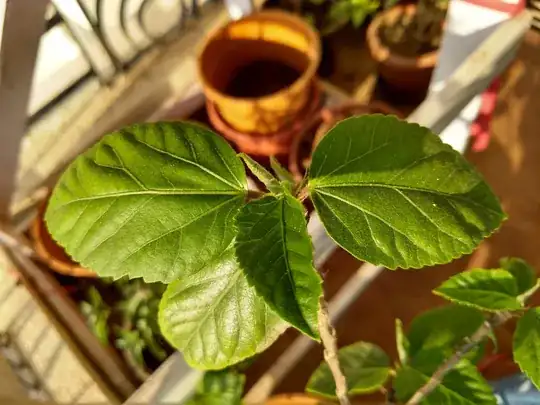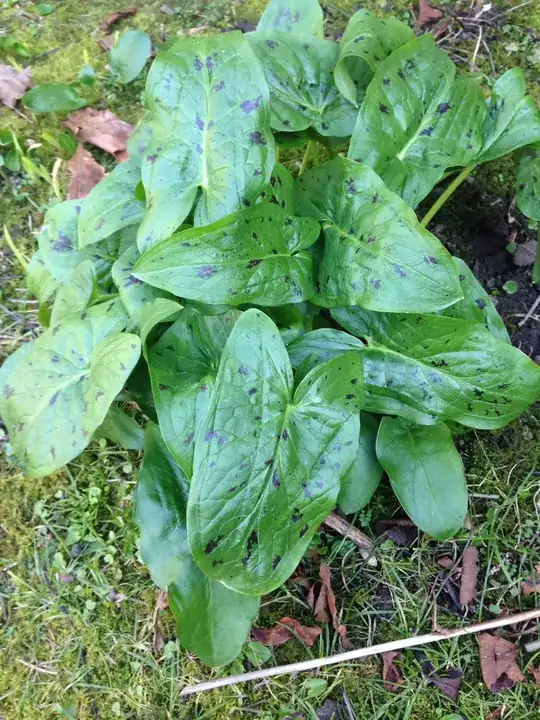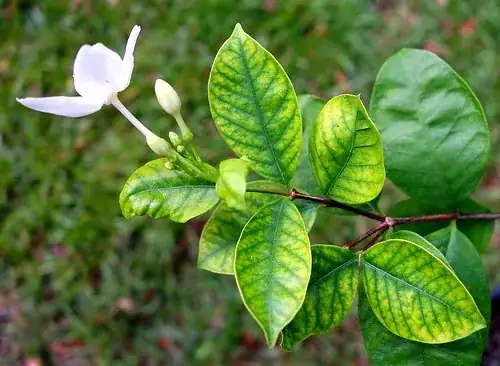I have a hibiscus exhibiting multiple problems. Around 6 months back, the leaves had turned skeletal, with sooty black growth (fungus?) more pronounced near the base and leaf undersides. After some alcohol rubdown to treat the fungus, I'd just kept it quarantined. Now, it's flowering from past 2 months, though the skeletal/fungal appearance remained. Some of the mature/young leaves curl at the edges and turn yellow, with each leaf stalk/base covered by same sooty stuff. Recently, am observing the flower petals turn transparent before they drop off. The other hibiscus plant leaves/flowers are fine, though there's been no difference in their soil/watering etc. What could be the problem? I'd like to move it back with the other plants, but first need to ensure this isn't going to spread to them too.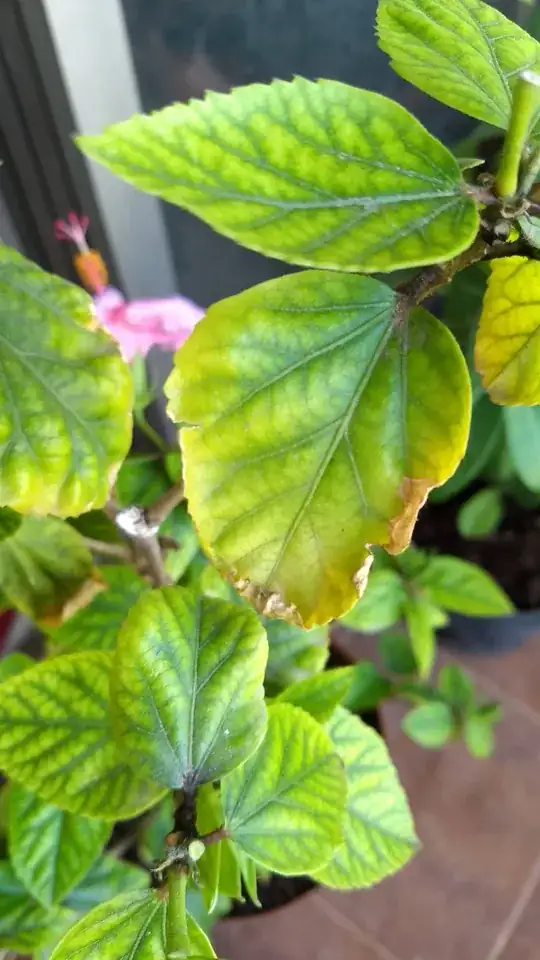
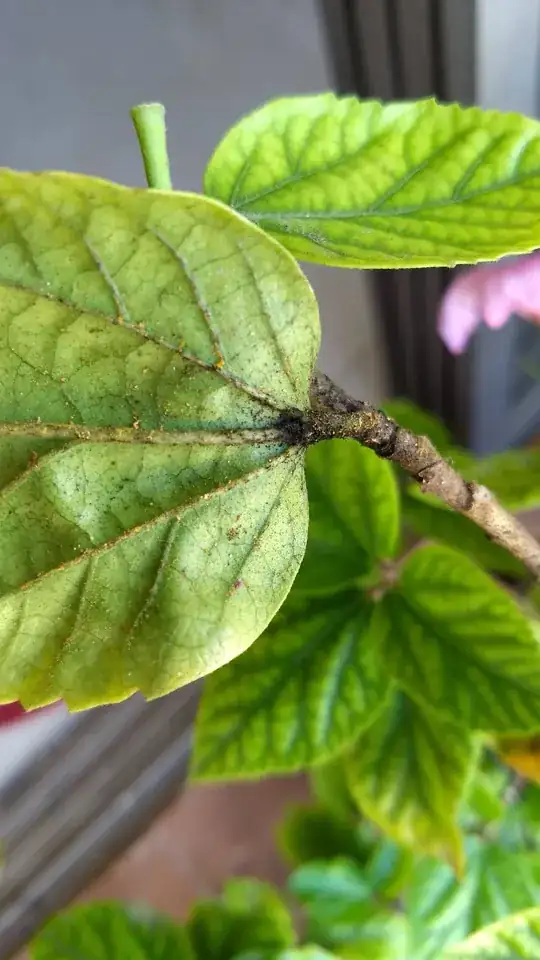
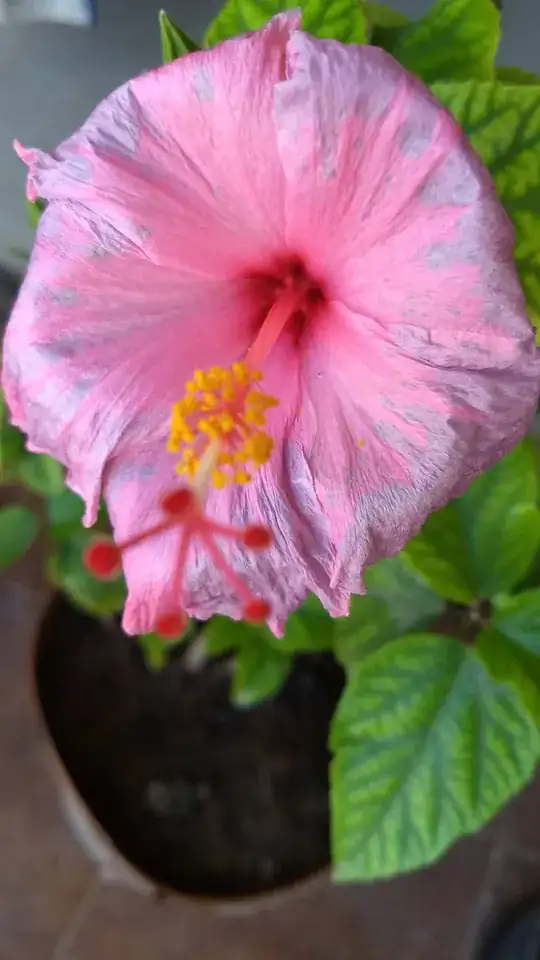
17th Feb, '18: Here's the plant after repotting. The plant wasn't healthy to start with, and I had to operate on the roots a bit to un-entangle them/fit nicely into the new container. So I was a bit apprehensive on the outcome. I'd forgotten the real green of the leaves..it'd been unwell for so long. But looks like the worst is over now :). This thread should help people struggling with similar problems...it was all in the soil!
